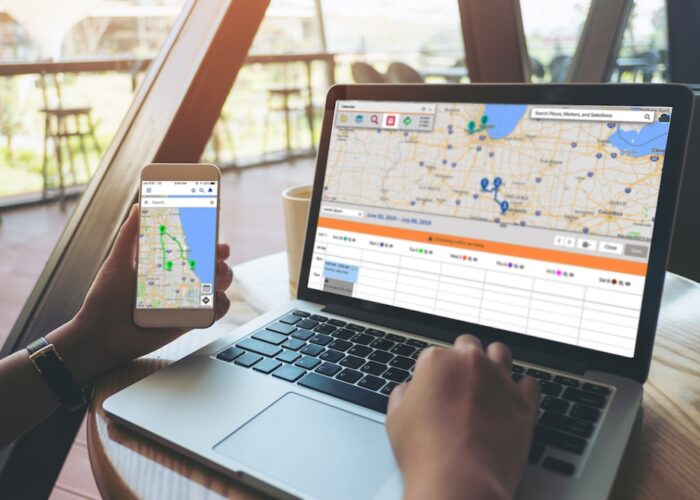 Leaders have a lot of data at their disposal. As new technologies for collecting data emerge, the mound of data to sift through becomes unmanageable, leaving you with too much noise and not enough insights.
Leaders have a lot of data at their disposal. As new technologies for collecting data emerge, the mound of data to sift through becomes unmanageable, leaving you with too much noise and not enough insights.
Of course, reports and dashboards can be helpful for summarizing your data. But all those rows and columns full of information can quickly become confusing, with too many data points making it hard to decipher what your data is really saying.
You need a tool that helps decipher that information, surfacing those valuable insights that you know are there, you just can’t quite see them. So it isn’t about gaining access to more and more data – it’s about contextualizing the data you already have.
Solutions like Geopointe help you do just that.

Why More Data Is Not the Answer
Sales managers need to dig into their existing data to extract maximum value. Many leaders fall victim to the mistaken belief that “more is better,” but that isn’t necessarily true when it comes to your data.
Too much information presented in rows upon rows of spreadsheet data can become a distraction and clouds your view of the truly important insights that impact your business. What you need is a new perspective on your data. Particularly when it comes to CRM data, reports and dashboards just aren’t enough to truly surface the actionable insights you need.
Luckily, there are solutions that take the data you have in your CRM and display it visually, making it easier to understand and helping you make better decisions.
These solutions can also save you time. Time is the most valuable resource, so wasting it trying to interpret data in spreadsheets and tables isn’t ideal. This is what makes solutions like Geoanalytics so valuable – the visualization of data sparks instant comprehension.

How Geoanalytics Helps
Geoanalytics location-enables your CRM to help you geographically visualize your accounts, contacts, opportunities, and any other CRM data. You can save hours of trying to sort through rows of data in a spreadsheet because the data is already laid out in front of you on a map, making trends & patterns obvious.
Geoanalytics is a powerful form of data visualization that combines geographic location with traditional data analysis. This extra dimension allows for comparisons and instant understanding of complex relationships in your CRM records. Further, these visual representations reveal insight about gaps, trends or ideal target locations to inform your business strategy.
The map adds an extra dimension that list views and reports are lacking: a geographic understanding of where your records are and how they relate to each other in proximity. When your records are displayed on a map like this, you can finally see the big picture.
After all, data collection itself is not so important, it’s what you do with that data that really matters. All the insights in the world are useless if you don’t take action.

More Insights, Not More Data
Decision makers don’t need to add more data to their lives, they need solutions that help them understand what their existing data is telling them, quickly. Get rid of the noise and hyper-focus on what matters most.
This ability to visualize data and understand its relation to any other given location in the world is incredibly useful and compelling.
With standard data analysis tools, CRM data is often broken down into graphs, charts, lists, and other tabular formats that attempt to provide clear insights. However, these other tools are missing the “where” in your data that connects it with a physical location.
Geoanalytics provides a new context and perspective to data that is simply not possible with reports and spreadsheets. Maps and spatial data can immediately help users discover new insights and promote better understanding of your customers.



